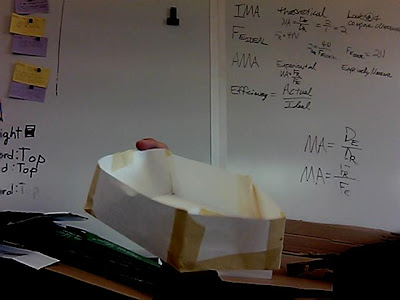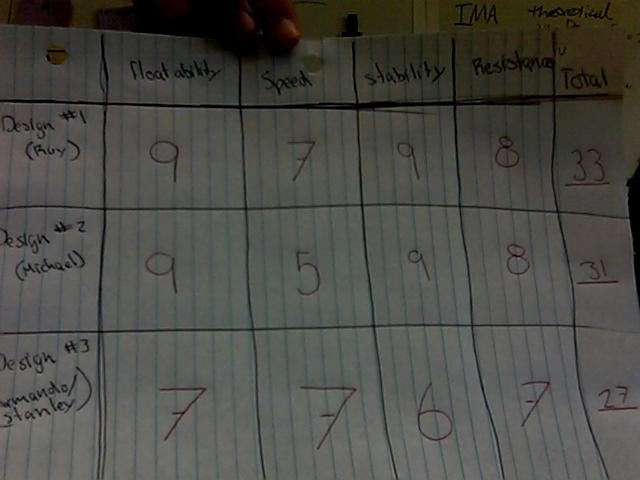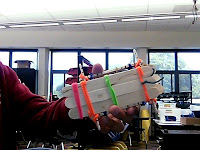1. “From the buildings in which we live and work, to the cars we drive, or the knives and forks with which we eat, everything we use was designed to create some sort of marriage between
Form and Function.”
2. The folks at IDEO state that they are not experts in any given area. But, they do claim to be experts on the
__Procces of how to define stuff___, which they apply to the innovation of consumer products.
3. After the team of designers is brought together, told the problem, and informed they have five days to “pull it off,” what phase of the design process do they immediately engage in?
- Brainstorm
- give useful comments.
- Come up with ideas
4. Give two examples of what the team members did during this phase.
a.
Give info and facts about the problem.
b.
Brainstorm, and work as a team(teamwork)
5. List five rules-of-thumb that IDEO employees follow when they share ideas during the brainstorming phase:
a.
One conversation at the time
b.
Stay focused on topic
c.
Encourage wild ideas
d.
Defer judgement
e.
Build on the ideas of others
6. Why should wild (and sometimes crazy) ideas be entertained during the brainstorming phase?
- Because out of wild ideas, they come up with brilliant ideas.
- And if there were only normal ideas, they wouldn't be able to do something cool or extraordinary.
7. After the brainstorming phase was over, the team narrowed down the hundreds of ideas by
_____voting_____ for those ideas that were not only “cool” but also
_buildable_____ in a short period of time.
What phase of the design process is this called?
Enlightenment trial and error.
8. IDEO believes that the ideas and efforts of a
___team___ will always be more successful than the planning of a lone genius.
9. Once the ideas were narrowed down and divided into categories, the group was split into four smaller teams. What phase(s) of the design process was each of these groups responsible for?
Shopping
Safety
Checkout
Finding stuff you need
10. The leaders at IDEO believe that
_a playful __ behavior and a
___fun____ environment are two important reasons why their employees are able to think quickly and creatively to produce innovative results.
11. Sometimes, people come up with great solutions that work by trying their ideas first, and asking for
_____opinion____________ later.
12. Design is often a process of going too far and having to take a few steps back. What phase of the design process would the critique of the four mock-ups come under?
re-finding and communicating results
13. Upon critique of the four teams’ models, it was obvious that none of the teams had developed an optimum solution. However, the people at IDEO believe that it is important to
____fail_________ often in order to
___succed__________ sooner.
14. What percentage of the entire week’s time did it take to fabricate the final prototype?
1 day - 20%
15. Instead of showering his design team with a tremendous amount of praise, what did the boss require his employees to do with their new design?
Improve on there design
16. Of all the things that we are surrounded by every day, what has not been placed through the design process?
Conclusion
1. What did you find to be the most impressive part of the team’s effort?
Everyone worked as a team an had fun while doing it.
No one criticized ideas.
The final product looked cool was effective and very successfully.
2. What advantages are there to having a design team with members that have non-engineering backgrounds?
Crazier ideas.
Ideas engineer wouldn't come up with.
Provide more info. from each person from a different field
3. There was a point in the process where a self-appointed group of adults stepped up, stopped the ideas, and redirected the group to break up into teams. Why was this done?
So they could get more ideas in a faster range of time.
4. At the end of the video, Dave Kelly states, “Look around. The only things that are not designed are the things we find in nature.” Can you think of anything that would contradict this statement?
No, because everything is done by thinking, even minor things. Only nature is not engineered.

















































